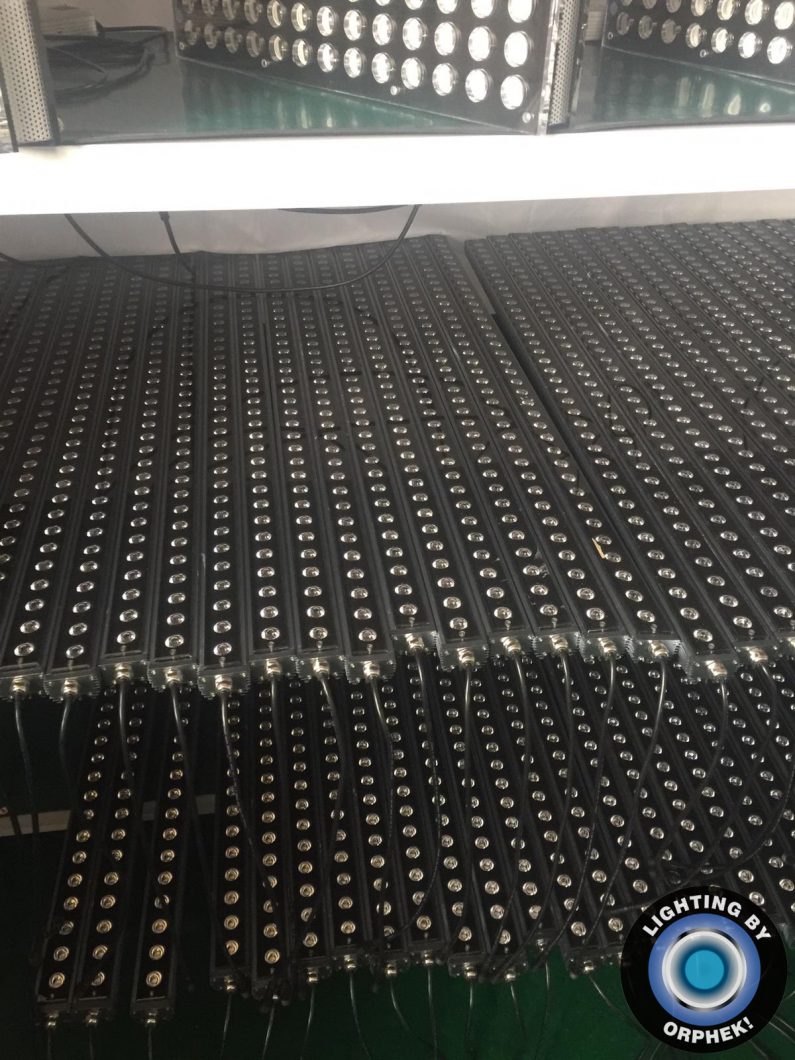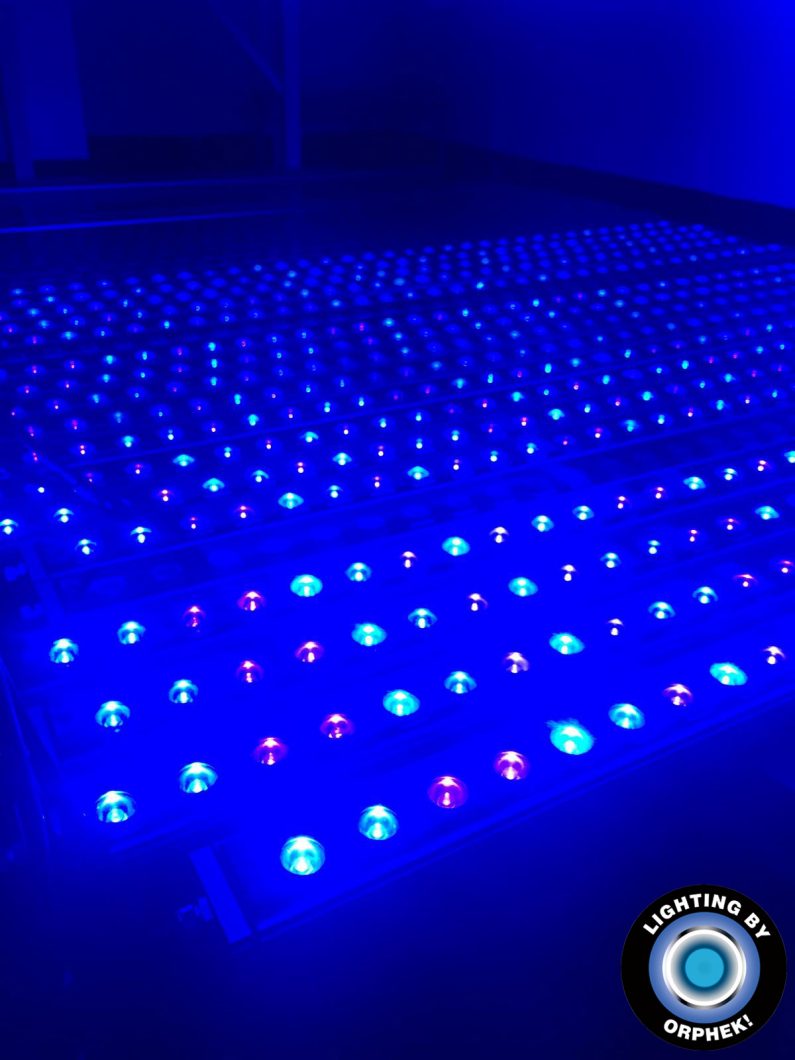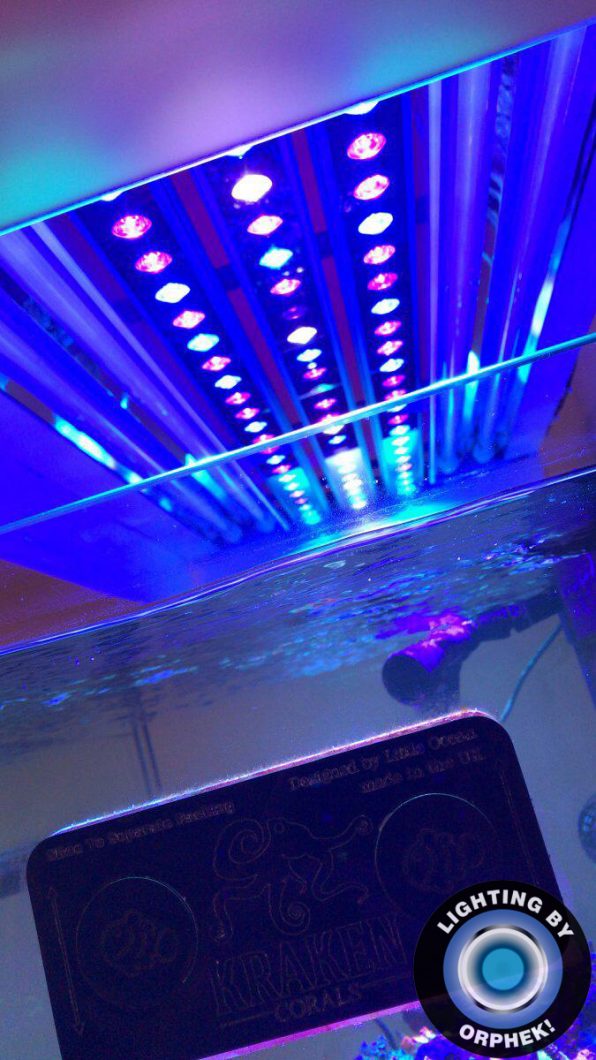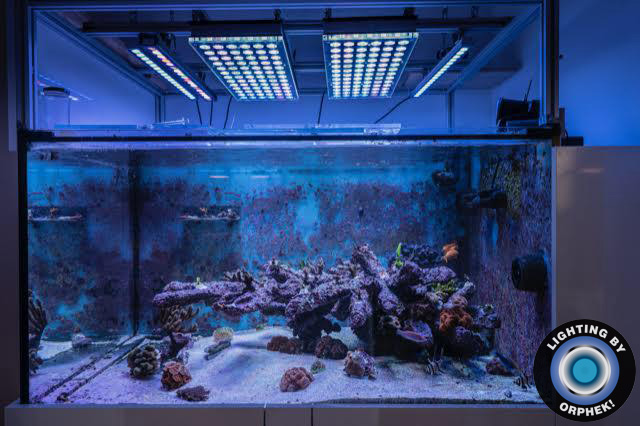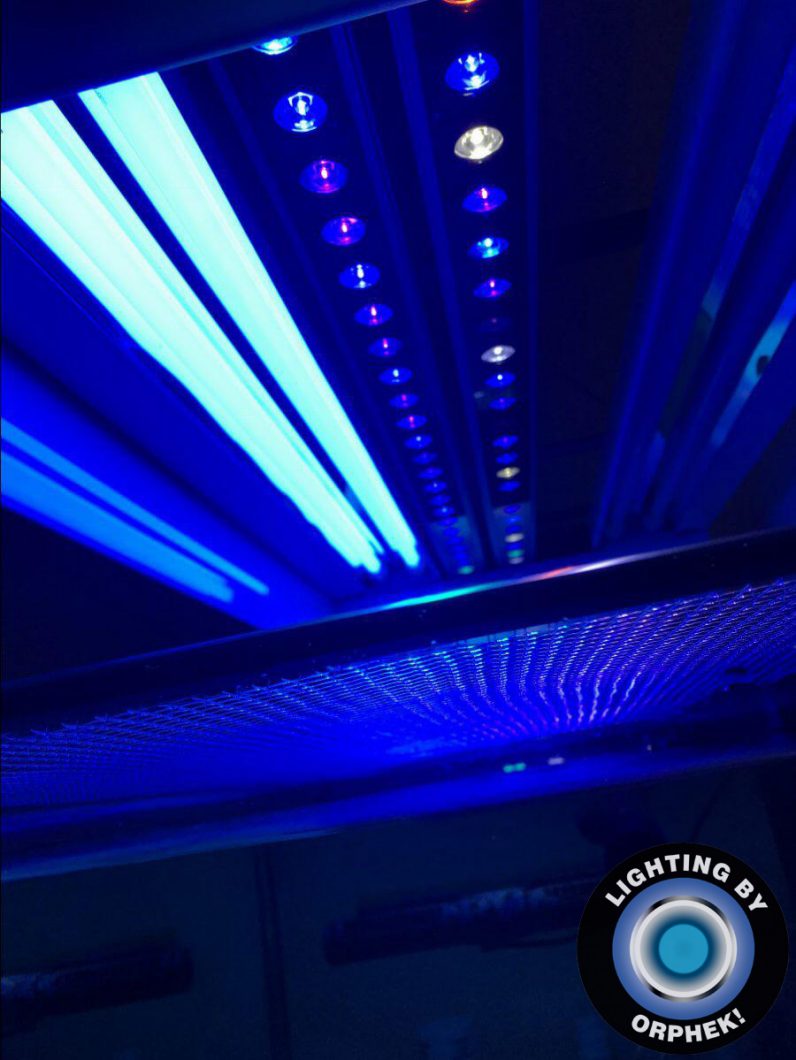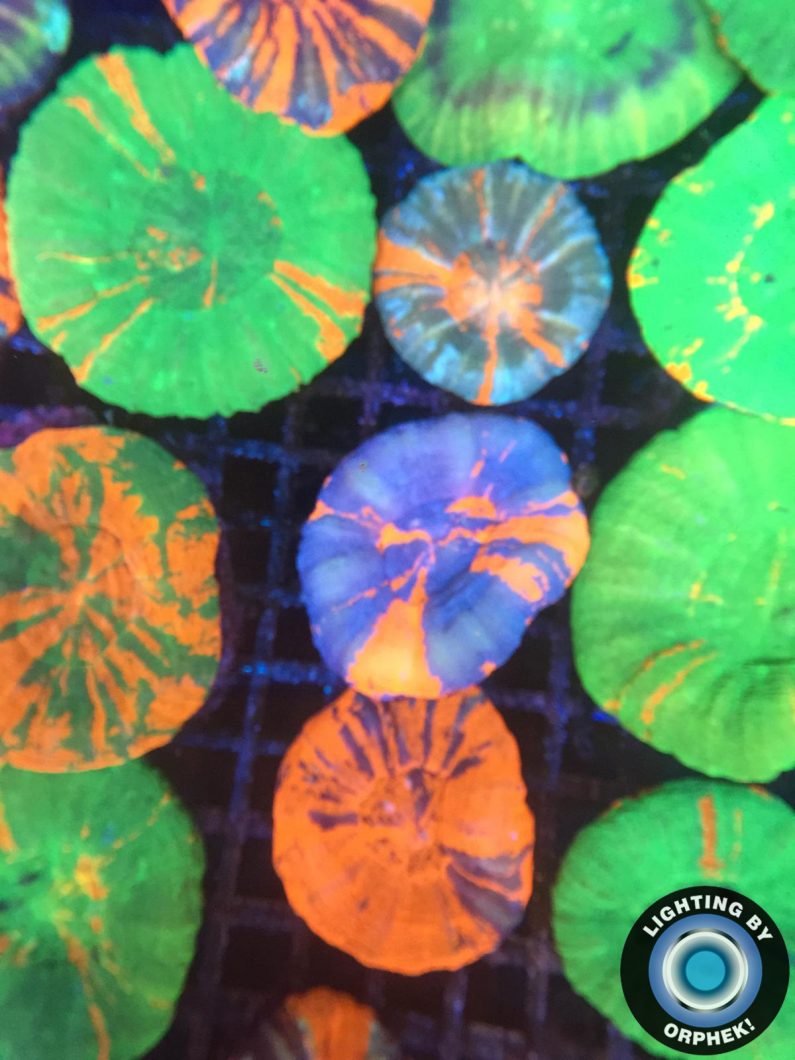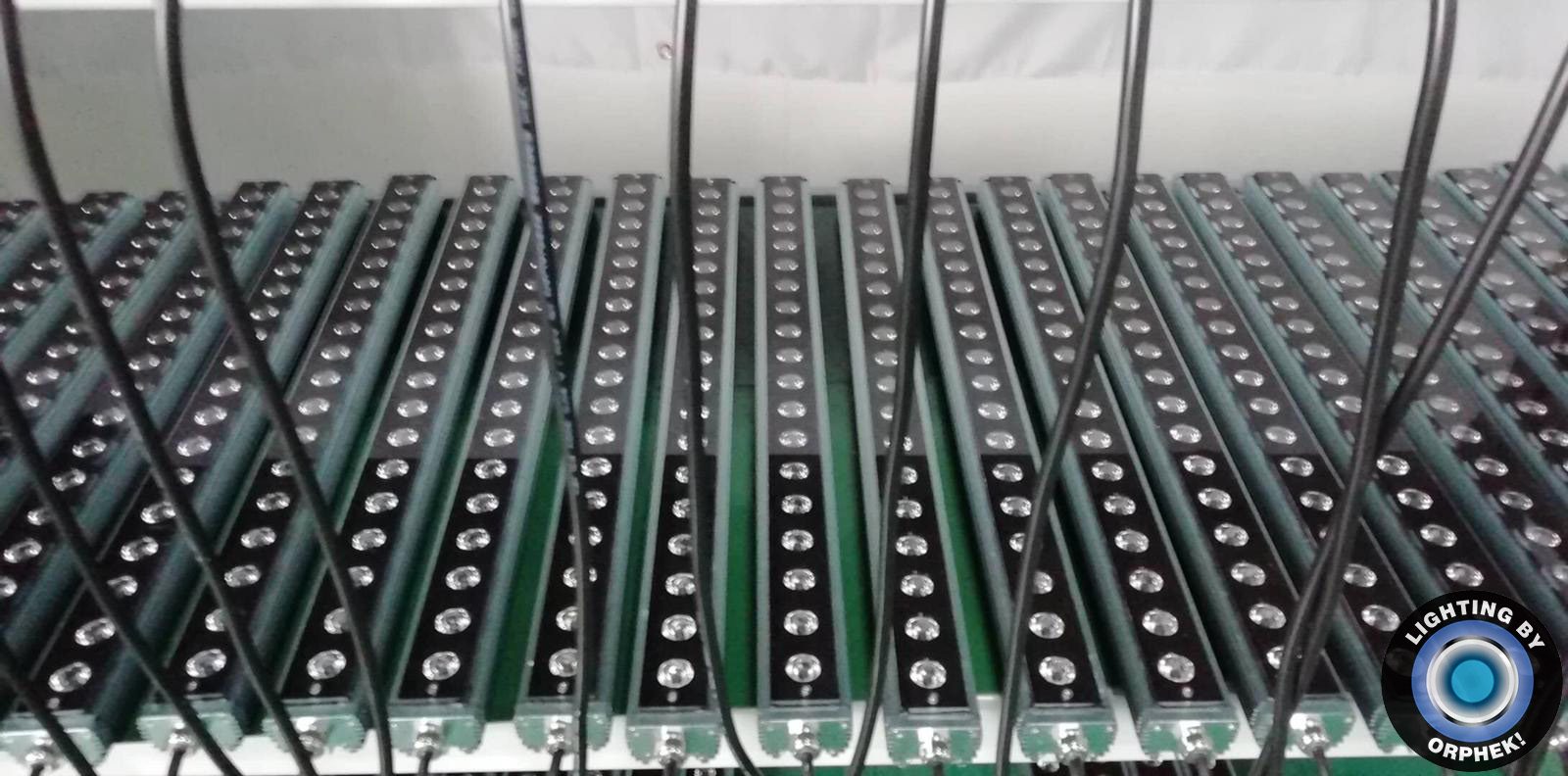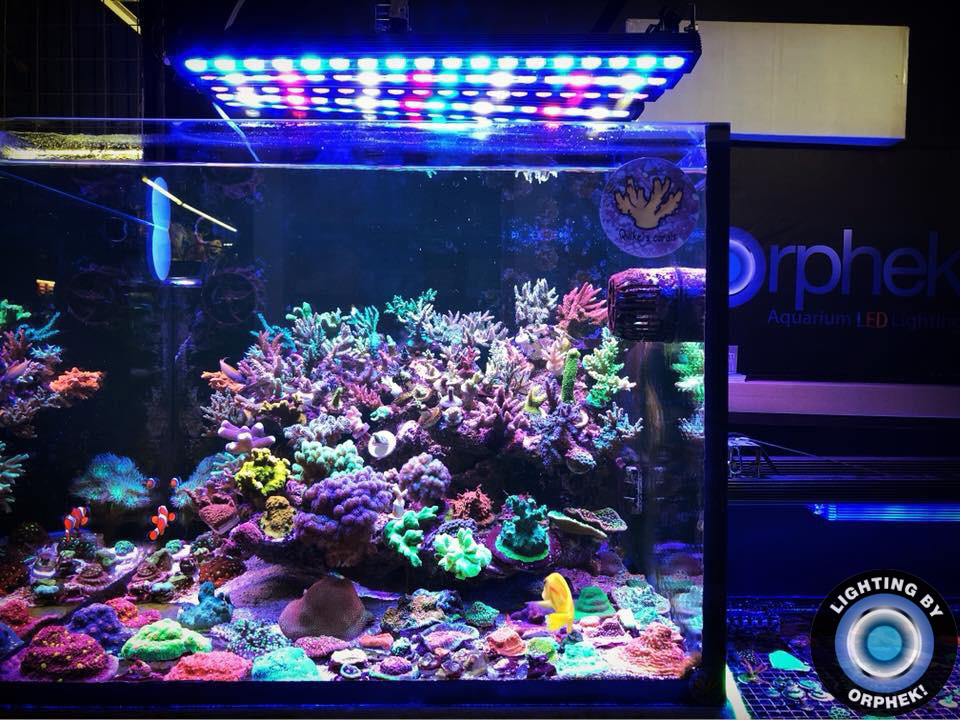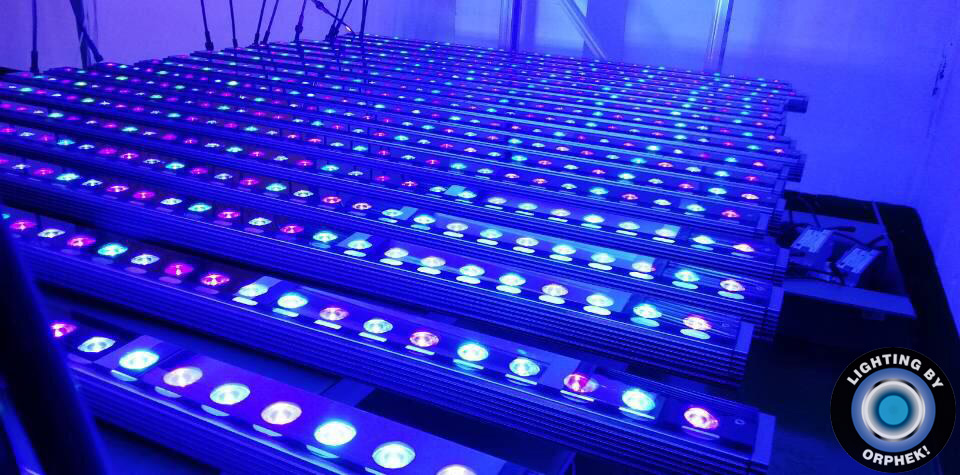By Dana Riddle / part 10
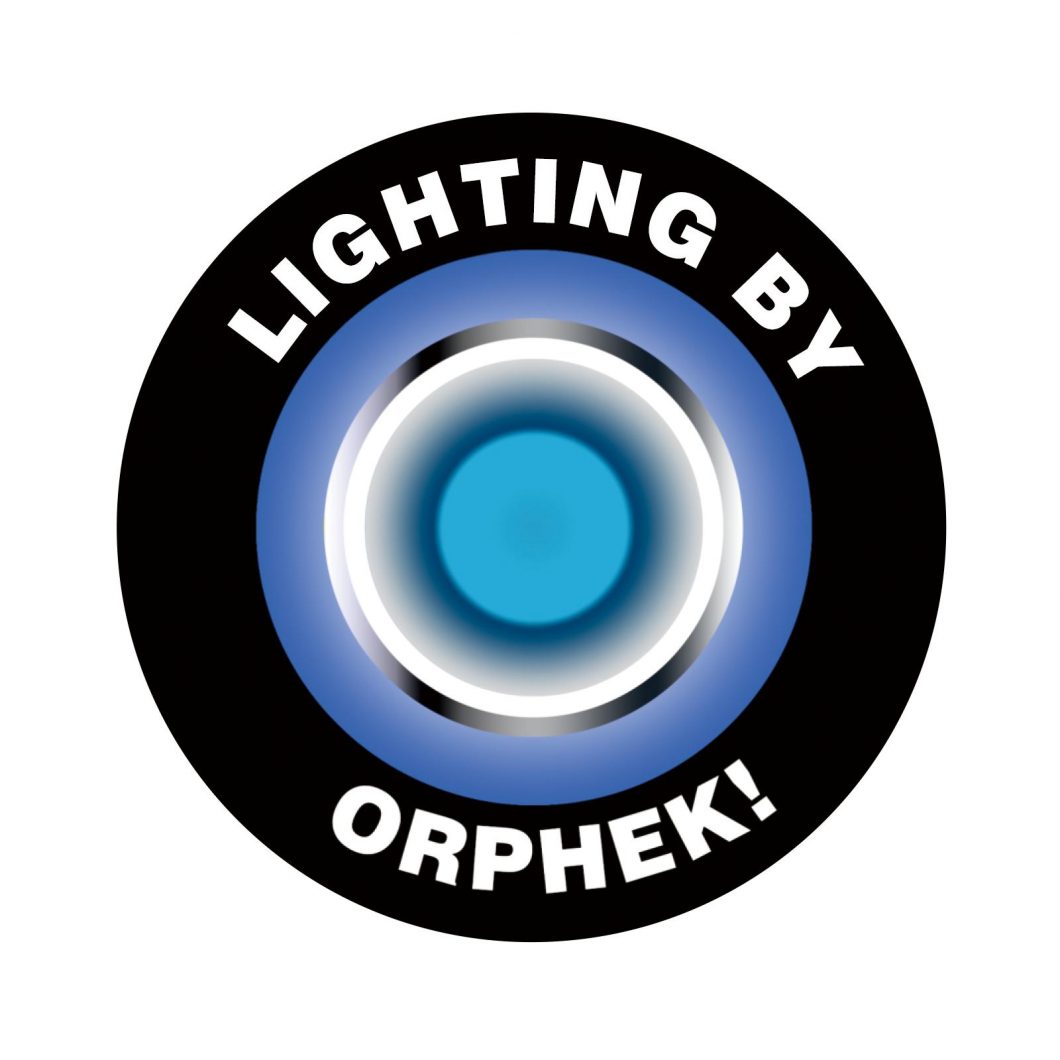
How photosynthesis works and the effects of variously colored Light-emitting Diodes ?
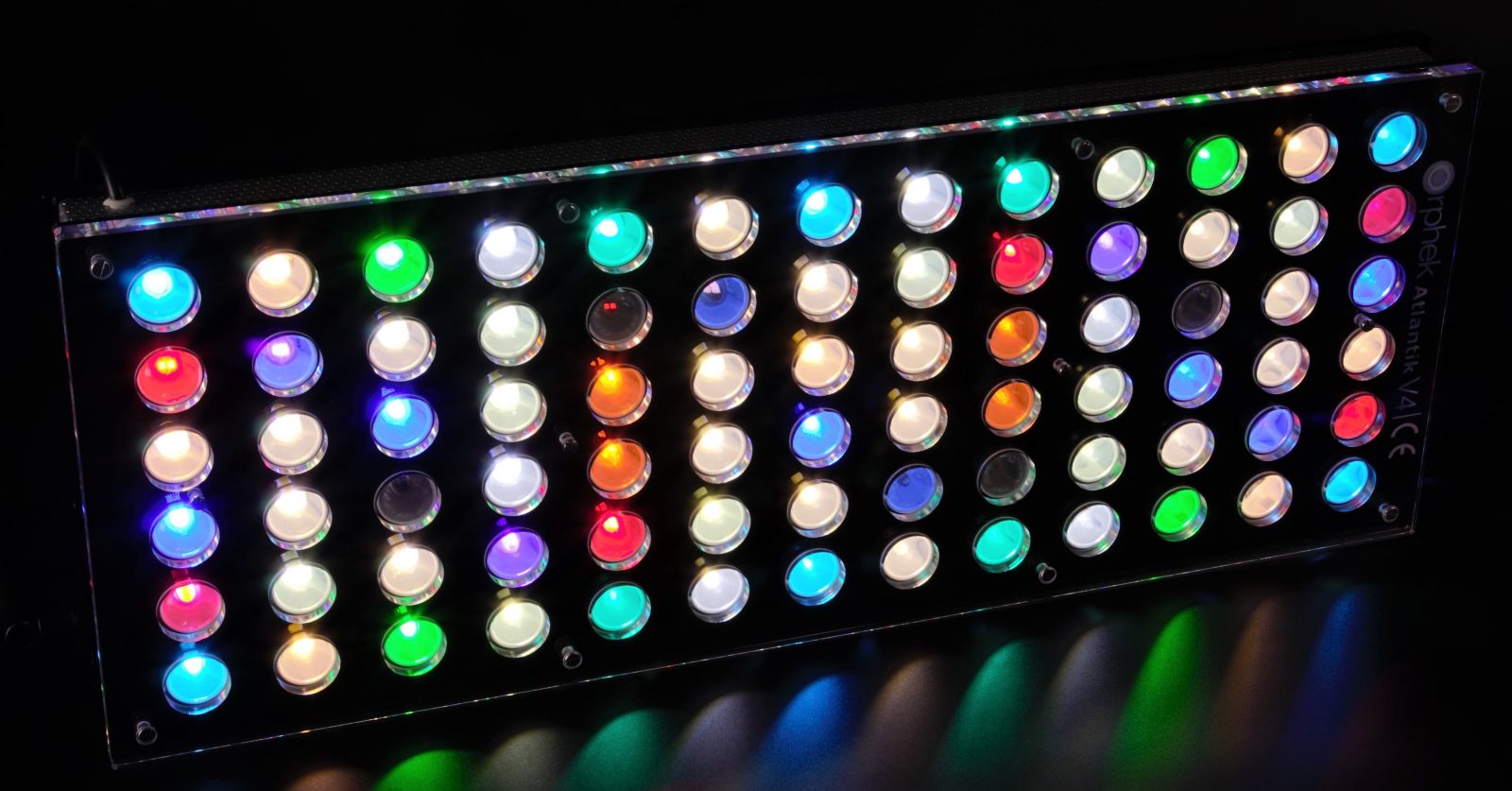
This article will be the first of several that will examine how photosynthesis works and the effects of variously colored Light-emitting Diodes.
Almost all ecosystems are dependent upon photosynthesis (exceptions being chemosynthesis around cold seeps and hydrothermal events.) Generally, life as we know it would grind to a halt if photosynthesis – the link between the inorganic and organic worlds – were to stop.
As we learned early in our schooling, plants are able to use inorganic carbon (such as carbon dioxide and carbonates) and produce organic carbon (such as simple sugars and others) and oxygen. This process is dependent upon collection of energy in the form of light (photons) to power this process. Some plants, algae, and dinoflagellates (such as Symbiodinium species/clades) are tolerant of low light, while others require ‘bright’ light. A trip to a plant nursey will reveal that some plants are best adapted to shady environments, while others require full sunlight. Although the ‘shade’ plants might survive in sunny spots, they might not thrive. Even the color of light (especially in marine environments) can play a role in rates of photosynthesis.
This is a basic explanation of how photosynthesis works. It will explain how light energy is collected and how it flows. These are terms that will be used through this series.
Photosystem: Structural units composed of photopigments (such as chlorophylls) that collect light energy. There are two – Photosystem I and Photosystem II. In a quirk of nomenclature, light is collected first by Photosystem II and then flows to Photosystem I (Photosystem I was discovered first hence its name.) Photosystem II acts as the donor of electrons while Photosystem I is the receiver. There must be a balance between the two – electrons must not accumulate in Photosystem II or there will be problems. See Figure 1.
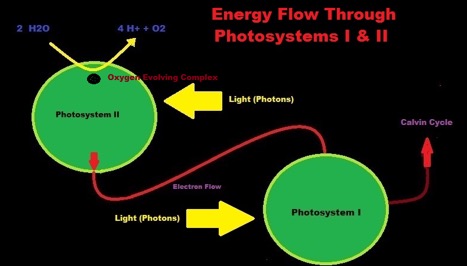
Reaction Centers: The core of the photosynthetic apparatus (a specialized form of chlorophyll a) where photons are captured or received from antennae (or accessory) photosystems and powers photosynthesis. Reaction Centers in Photosystem I collect red light at a maximum of 700nm by a photopigment called P-700. In Photosystem II, the photopigment collects light at 680nm and is called P-680. There aren’t many reactions centers, so light is first collected by the antennae pigments. In zooxanthellae, antennae pigments include chlorophylls a and c2, peridinin and others to lesser degrees.
Next time, we’ll examine the ‘pressure relief valve’ for photosynthesis – the Xanthophyll Cycle.
Read More:
Subscribe now for more news ! fill this quick form (all fields required).
[contact-form-7 id=”29322″ title=”Contact form 1″]